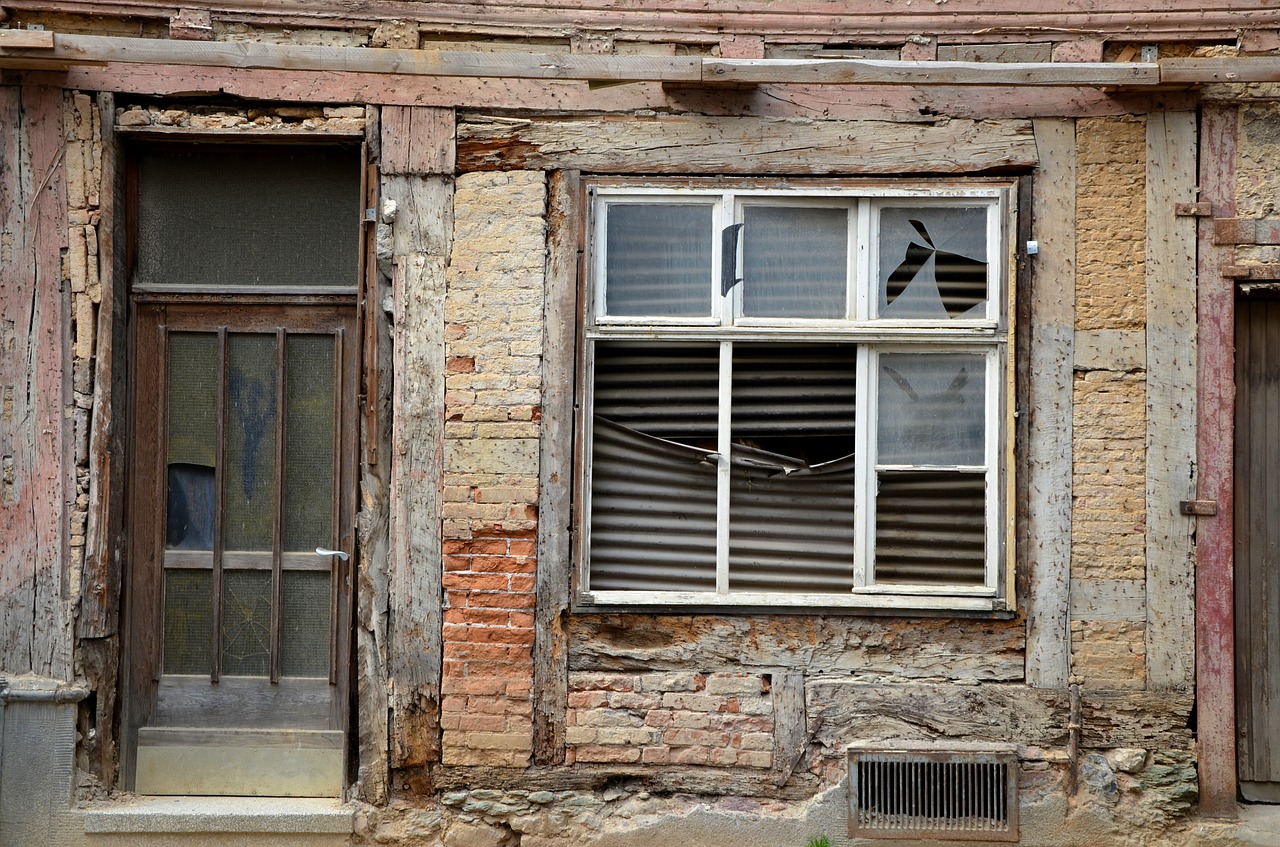
A partnership between Nationwide Children’s Hospital in Columbus, Ohio and community organizations that treated an ailing neighborhood as a “patient” helped improve housing and quality of life in the area.
The findings of this effort, called the Healthy Neighborhood, Healthy Families Initiative, were published in the journal Pediatrics in August 2018.
In a phone call with Journalist’s Resource, the lead author of the study, Kelly Kelleher, a pediatrician at Nationwide Children’s Hospital, described the origins of the initiative.
“2008 was the peak of the housing crisis,” he said. “The south side of Columbus was one of the worst affected neighborhoods in Ohio. One of every three locations on a street was vacant and abandoned.”
According to the paper, the neighborhood of interest — Southern Orchards — was racially segregated through redlining, a process by which certain areas are priced out of essential services like home insurance and mortgages, and through highway development. Major highways “physically separate the neighborhood from downtown Columbus.” Of Southern Orchards’ 4,300 residents, 23 percent are children. In 2009, 50 percent of these children lived in poverty. About half of these children were African American.
“Gun violence, asthma and suicide attempts were going through the roof next to one of the largest and best children’s hospitals in the country,” Kelleher added. Other health outcomes for children, including infant mortality, obesity and asthma were suboptimal, he noted; these conditions were exacerbated by neighborhood conditions.
“Frankly, if you’re a pediatrician, it gets very frustrating every day giving a kid amoxicillin for an ear infection or cortisone for a rash and sending them back into a war zone. You feel very impotent.”
So Kelleher and his colleagues began a “multifaceted housing intervention.” The project began in 2008 and is still ongoing.
First, the research team assessed the neighborhood and reached out to community members to determine their needs. Then they partnered with a community development organization, the mayor’s office, the Land Bank and others to outline and implement a housing stability program. These efforts included a home repair initiative, rental housing development, home construction projects, and career development and home ownership programs.
Between 2008 and 2017 over $22 million was invested in the neighborhood. The main financial contributions came from Nationwide Children’s Hospital, the city of Columbus, United Way, the Franklin County Land Bank and home sales in the neighborhood.
After the initiative was underway, the researchers noted a few changes:
- In 2016, the neighborhood vacancy rate declined to below the Columbus metropolitan statistical area rate of 6 percent. In 2009, over one-quarter of neighborhood properties were vacant.
- The real estate market in the neighborhood improved; there was a 50 percent increase in sales volume for single family homes in 2017 as compared to the previous five years. Sale prices increased by 22 percent.
- And while homicide rates have increased in the city of Columbus, in the Southern Orchards neighborhood, the rate declined, with zero homicides reported in the past year.
- High school graduation rates increased from 64 percent in 2013 to 79 percent in 2017.
Kelleher noted that the Healthy Neighborhood, Healthy Families initiative also encompassed projects related to employment, education, wellness and safety. In coming years, they will assess the impacts of these programs. The research team also has future plans to assess specific changes in health outcomes by looking at Medicaid claims data and vital statistics.
For related resources, check out our tip sheet on finding housing affordability data and our roundups on abandoned buildings and gentrification.
